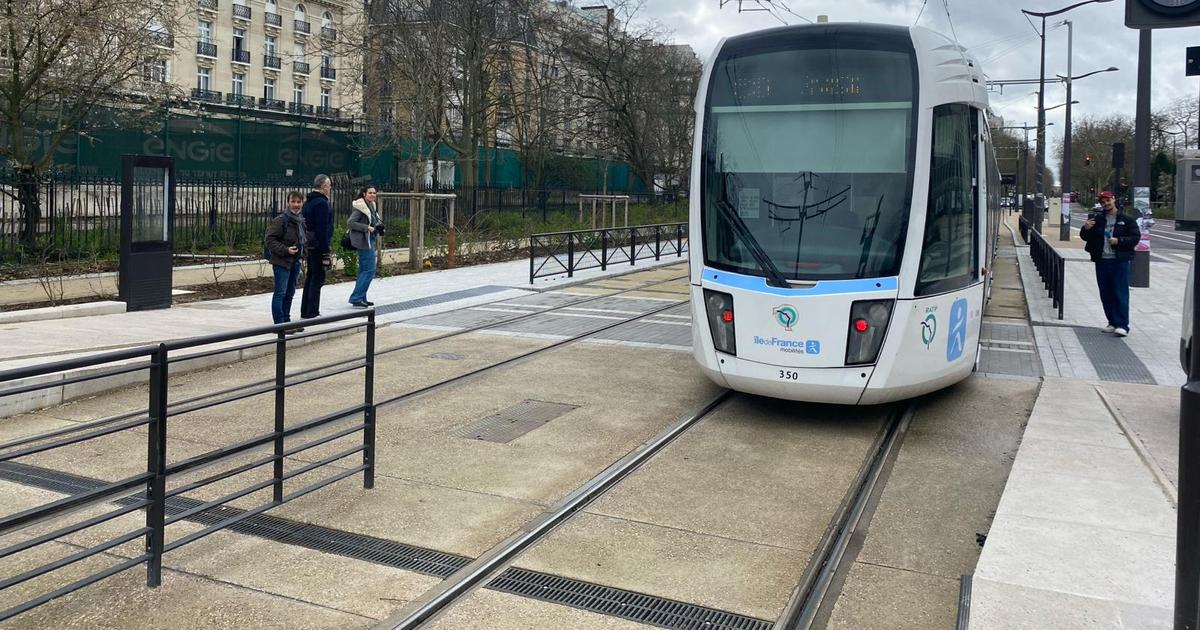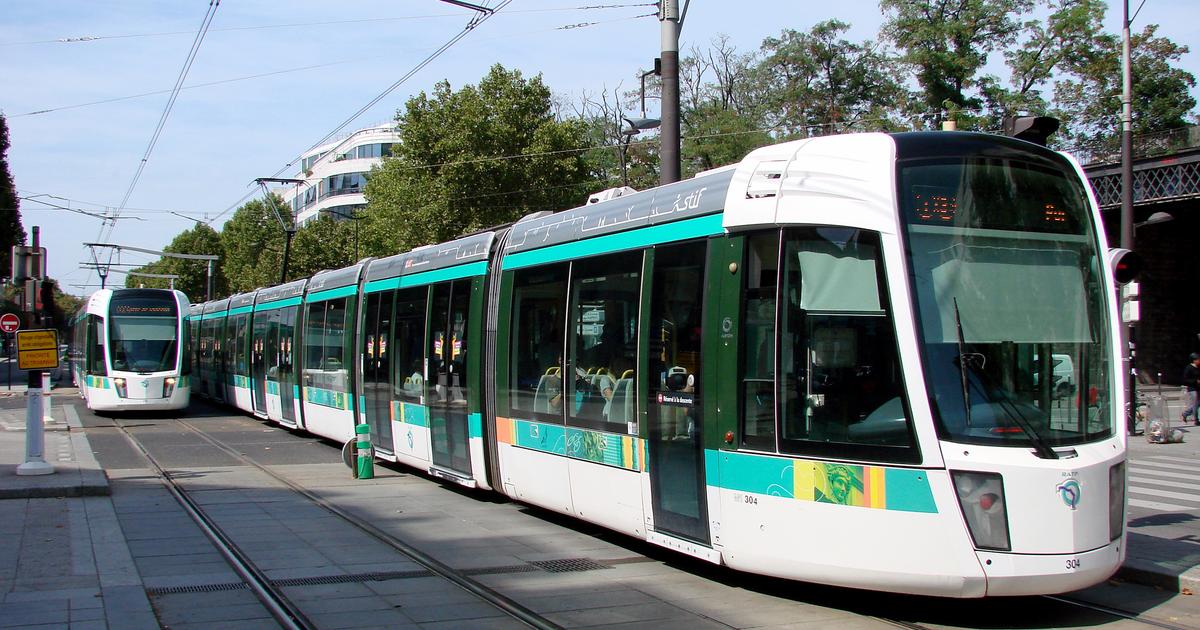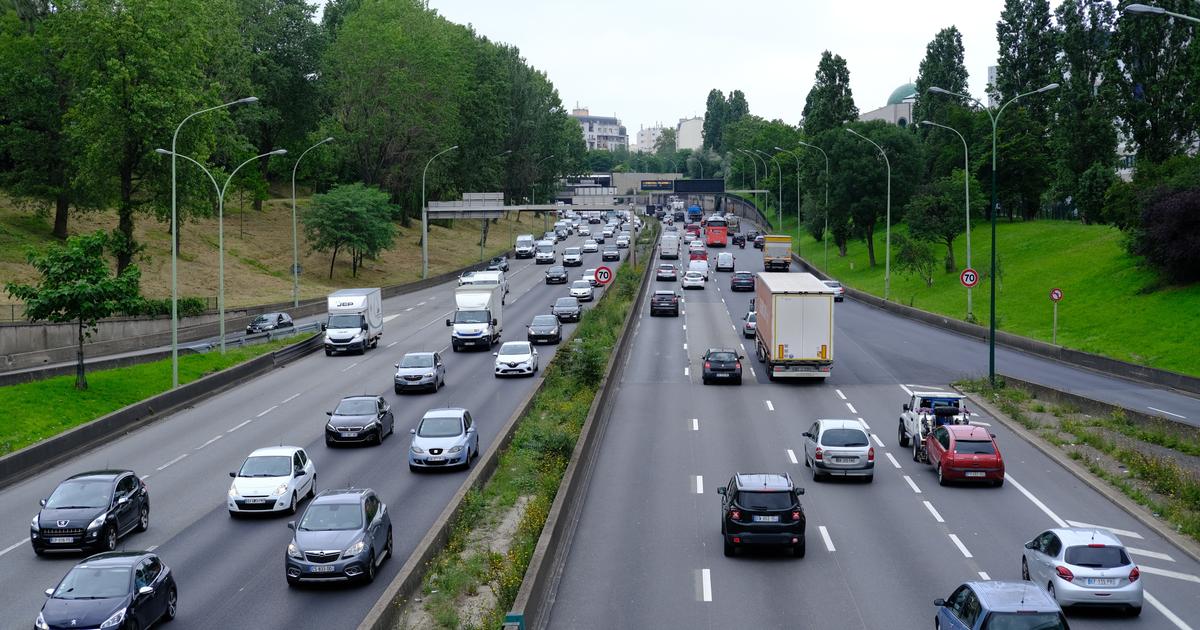Clive Lamming is a railway historian.
He is the author of more than 200 works on the history of the railway, the metro and public transport.
On the occasion of the commissioning of the T13, this Wednesday in the Yvelines, he looks back on the ups and downs of the history of the tramway in the Paris region.
Read alsoWith the commissioning of the T13 in the Yvelines, the tramway is still gaining ground in Île-de-France
How did the tramway appear in the cities of Île-de-France?
CLIVE LAMMING.
The tram appeared by the necessity of the least effort.
A horse can tow 500 to 800 kg on a road, but on the rails, this load is multiplied by ten.
The tram on railway thus made it possible to increase the load tenfold.
The horse was the main means until the 1890s. Then, the tram began to invent a number of modes of traction that engineers are rediscovering today.
It brings electric traction, with lead batteries: it smokes on both sides but it works!
There is also steam, compressed air or gas traction.
The tram is very innovative.
It is already the most economical and pleasant mode of transport.
"What's going to kill the streetcar in full glory is the automobile lobby," says Clive Lamming, public transport history.
LP/CH
Why did it disappear in the 1930s in the Paris region?
The last Parisian tram ran in 1937. In Versailles in the Yvelines, it survived until 1957. The Parisian network then covered 1,100 km, including 640 km of streets served by 2,000 motor cars.
Louis Renault then sold 2,700 platform buses (TN4 and TN6) to communities, which would gradually replace trams.
In four or five years, the 1,100 kg of rails in Paris are dismantled.
What will kill the tramway in full glory is the automobile lobby, which from the 1920s becomes the symbol of freedom, progress and wealth.
People like André Citroën and Louis Renault make their headlines.
The car is accompanied by the suburban suburban dream, then by the American fashion of the small house on its lawn, in the 1950s.
It will necessarily be necessary to no longer live where one works and no longer work where one lives.
The need for a car is created, in a sort of infernal loop.
The dispersal of habitat will create the death of cities and the death of trams.
Read also The tramway in Île-de-France, it is 120 km in service, 50 km under construction and 40 km in project
Nevertheless, the tramway returned from 1992, with the T1 in Seine-Saint-Denis.
Since then, a dozen lines have been upgraded.
How to explain this revival?
The revival comes from cities like Nantes (Loire-Atlantique) and Grenoble (Isère), which rebuild tram lines in the 1980s. The tram finally requalifies the public space, it embellishes the streets, which were filthy and sinister.
Today, it is a very pleasant and very comfortable mode, with gentle braking.
And he manages to stay ahead in traffic.
He has this magical virtue of making his way through traffic jams.
These are the marvels of the railway which reclaims its rights over the car.















